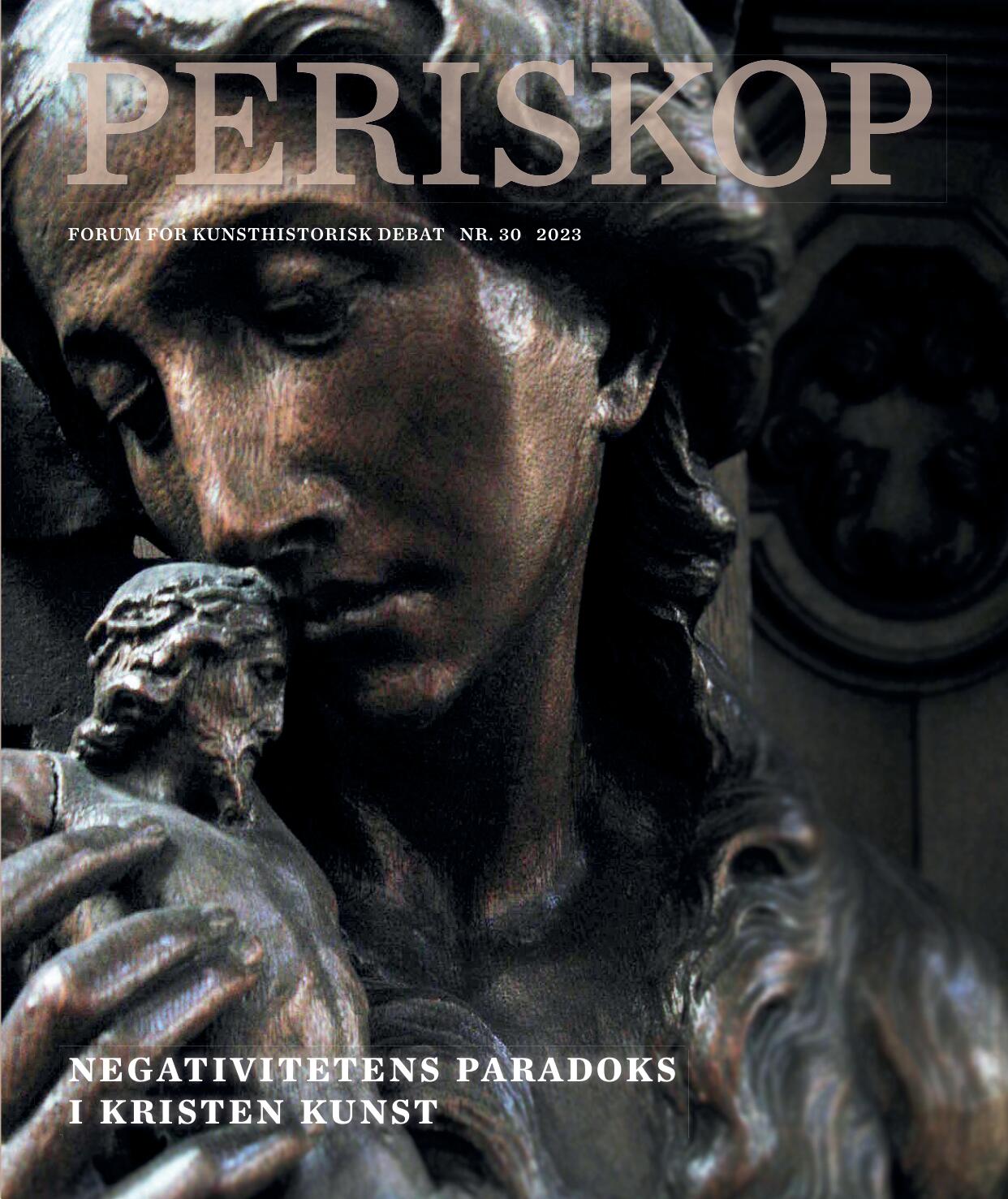Glansbilledets skyggeside
Negativitetens plads i 1800-tallets religiøse kunst
DOI:
https://doi.org/10.7146/periskop.v2023i30.142014Resumé
The 19th century saw a remarkable innovation of the subject-matter of Danish altarpaintings. Frequently depicting the ministry of Christ and his Glory, these paintings have often been criticized for being skillfully executed but lacking drama, being overly sweet or even sentimental. This article argues that, in spite of the glossy façade, these paintings often engage in far more sinister topics of life and of faith. The article argues that Søren Kierkegaard’s theology offers a superb lens for gaining insights into this side of the religious painting of the so-called ‘Golden Age’ of Danish art and explores the ‘shadows of the glossy images’ through close readings of Danish altar pieces ranging from Bertel Thorvaldsen’s seminal Christ and C. W. Eckersberg’s ground-breaking Incredulity of Thomas to late 19th Century works of art by Constantin Hansen and Anton Dorph. The main argument of the article is that a negative understanding of this world and not least the constant struggle between being separated from, but needing to get (spiritually) closer to the Saviour remain very strong themes in the religious paintings throughout the 1800s, albeit mainly offered as a personal experience and not as a part of the ideal Christ figure.
Downloads
Publiceret
Citation/Eksport
Nummer
Sektion
Licens
Copyright (c) 2023 David Burmeister, Martin Wangsgaard Jürgensen

Dette værk er under følgende licens Creative Commons Navngivelse (by).
Forfattere, der publicerer deres værker via dette tidsskrift, accepterer følgende vilkår:
- Forfattere bevarer deres ophavsret og giver tidsskriftet ret til første publicering, samtidigt med at værket 12 måneder efter publiceringen er omfattet af en Creative Commons Attribution-licens, der giver andre ret til at dele værket med en anerkendelse af værkets forfatter og første publicering i nærværende tidsskrift.
- Forfattere kan indgå flere separate kontraktlige aftaler om ikke-eksklusiv distribution af tidsskriftets publicerede version af værket (f.eks. sende det til et institutionslager eller udgive det i en bog), med en anerkendelse af værkets første publicering i nærværende tidsskrift.
- Forfattere har ret til og opfordres til at publicere deres værker online (f.eks. i institutionslagre eller på deres websted) forud for og under manuskriptprocessen, da dette kan føre til produktive udvekslinger, samt tidligere og større citater fra publicerede værker (se The Effect of Open Access).


